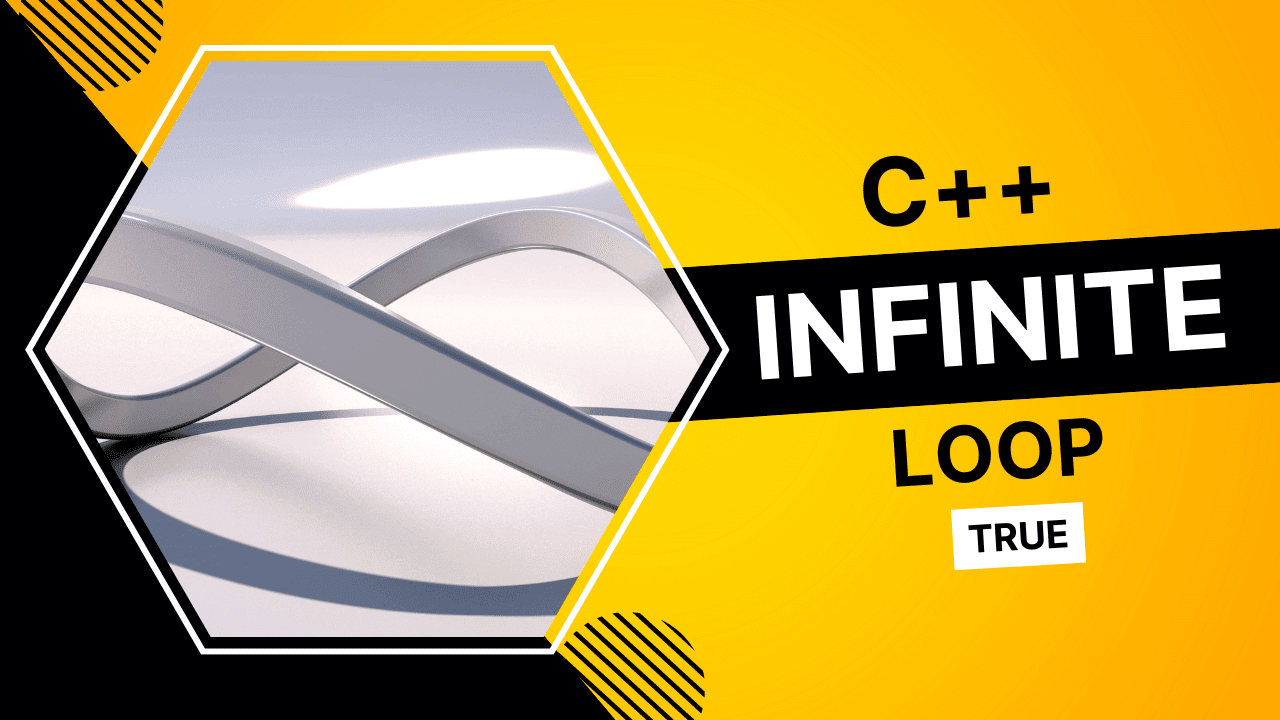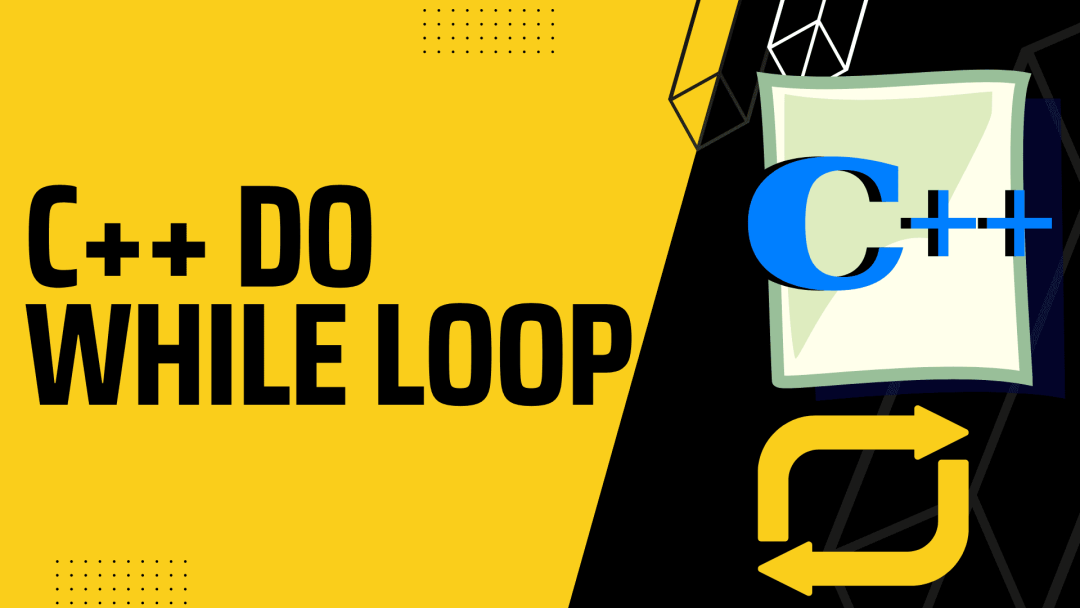
by Sami Hamdi | Sep 3, 2022 | C++
Introduction C style string is a series of characters kept contiguously in memory. C style string is the C++ programming side to deal with letters, numbers, and symbols. In other words, C Style String represents text in computer programming. C Strings Strings are a...

by Sami Hamdi | Aug 25, 2022 | C++
Introduction 8 Most Useful C++ Functions: Character Functions article is about testing and conversion of characters using functions. What library should use? And how do character functions test various properties? What is a function? A function is a self-contained...

by Sami Hamdi | Aug 23, 2022 | C++
Introduction Loops are one of the numerous common programming constructs. They allow us to repeat a set of instructions for a given number of times or until the condition is met. There are multiple types of loops in C++. In this article, we will explain the uses of...

by Sami Hamdi | Aug 15, 2022 | C++
Introduction Loops are an essential part of any programming code. They allow for the repetition of instructions. This is done by executing the instructions in a loop until a specific condition is met. This is the basic principle behind loops and has many uses in...

by Sami Hamdi | Aug 4, 2022 | C++
Introduction When the programmer can construct the loop he needs inside his program, he can build the program he needs to solve problems. The article C++ break and continue more about loops will discuss how the programmer can control the body of his loop using break...

by Sami Hamdi | Aug 3, 2022 | C++
Introduction A loop is a programming language construct that allows programmers to repeat an operation repeatedly. Looping in programming can solve many problems, but there are also some best practices that programmers should follow when using loops. This article deal...







